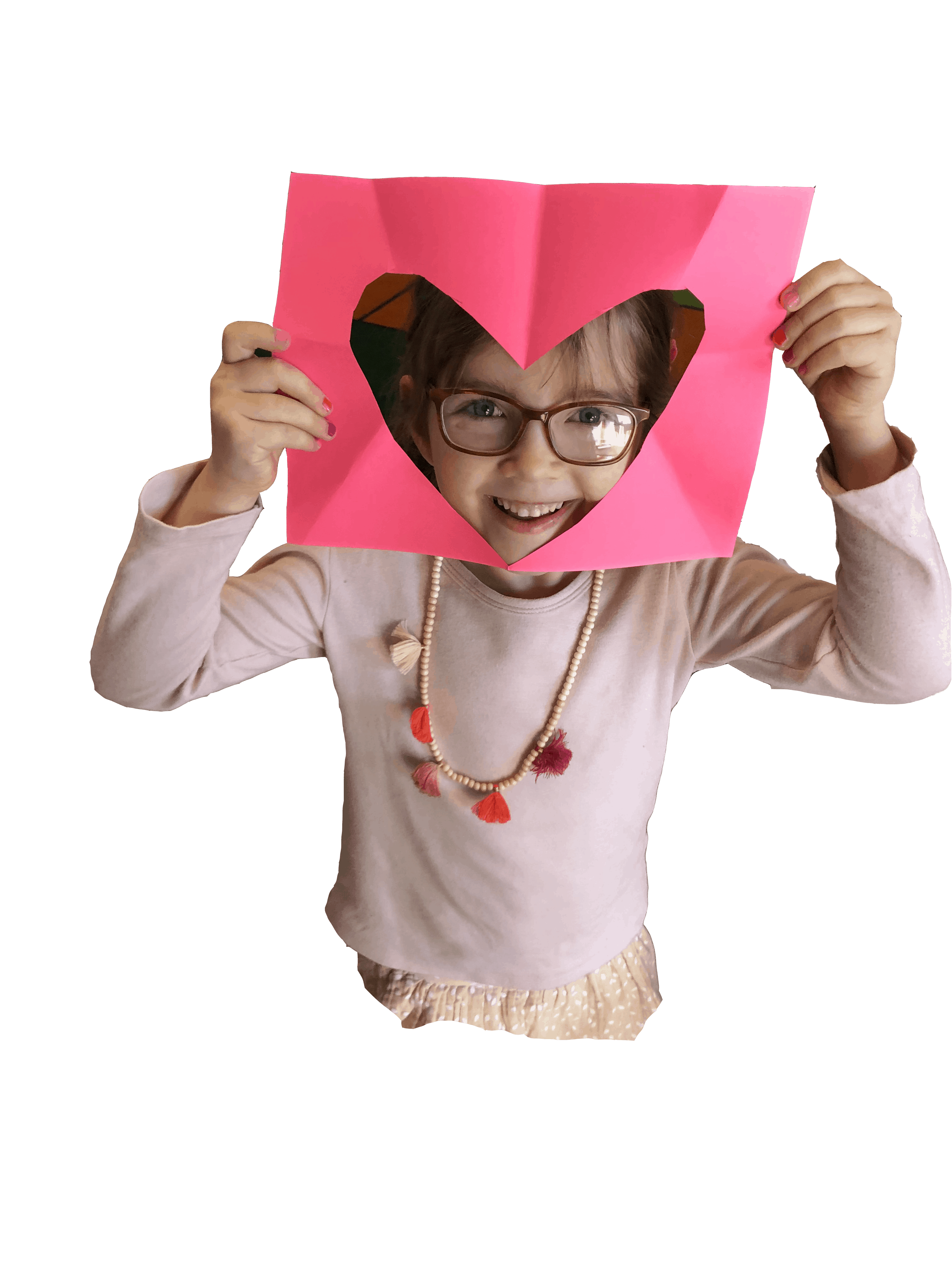Remember the good ol’ days when you would cut out giant hearts from magenta-colored construction paper in class and decorate them for your classmates? How about when you would collect boxes of Sweethearts candy hearts and never eat them because they were too chalky for your kiddie taste buds?
Jo Goldfarb, director of communication at BASIS Independent Brooklyn, provided insight into how some of the grades of each school-level will be celebrating the holiday.
Early learning level:
Ms. Greenberg, dean of the Early Learning Program to Grade 1, asked her class of four-year-old students last year the open-ended question, “What is love?” The endearing answers she heard embody the core of the holiday: “hugs,” “friendship,” “talking and getting to know each other,” “liking someone just so much,” “inside a heart” and “being friends forever.”
This year, Greenberg and the other early learning teachers will celebrate Valentine’s Day in class by learning about ways we can show love to others and ourselves. One way to do that is by making cards. Teacher Ms. Moon will once again ask her Pre-K students to craft a Valentine to a special person in their lives, and will then take students to mail them. Students will also decorate a class “mailbox” that will be on display on Friday, February 14. Then they will be given time during the day to distribute their creative cards and any treats by placing them into their classmates’ own mailboxes.
Primary level:
Every year, fourth-grade teacher Ms. Premselaar has her class decorate lunch bags with their names on them. On the holiday itself, the students will give cards and candy to each other by walking around and putting the gifts in each other’s bags.
High school level:
Subject expert teacher Ms. Das, who joined BASIS Independent Brooklyn two years ago, will explore the social psychology of attraction with her Advanced Placement Psychology students.
Different factors – such as proximity, similarity, reciprocity and physical attractiveness – can influence whom people are attracted to. For instance, through proximity, people are more likely to become friends with one another if they encounter them repeatedly (aka the mere exposure effect). People also tend to make friends and pick romantic partners through similarity of various characteristics (race, age, social class, education, attitude, etc.).
Top photo courtesy of BASIS Independent Brooklyn
Author
-

George Fiala has worked in radio, newspapers and direct marketing his whole life, except for when he was a vendor at Shea Stadium, pizza and cheesesteak maker in Lancaster, PA, and an occasional comic book dealer. He studied English and drinking in college, international relations at the New School, and in his spare time plays drums and fixes pinball machines.
View all posts
George Fiala has worked in radio, newspapers and direct marketing his whole life, except for when he was a vendor at Shea Stadium, pizza and cheesesteak maker in Lancaster, PA, and an occasional comic book dealer. He studied English and drinking in college, international relations at the New School, and in his spare time plays drums and fixes pinball machines.










